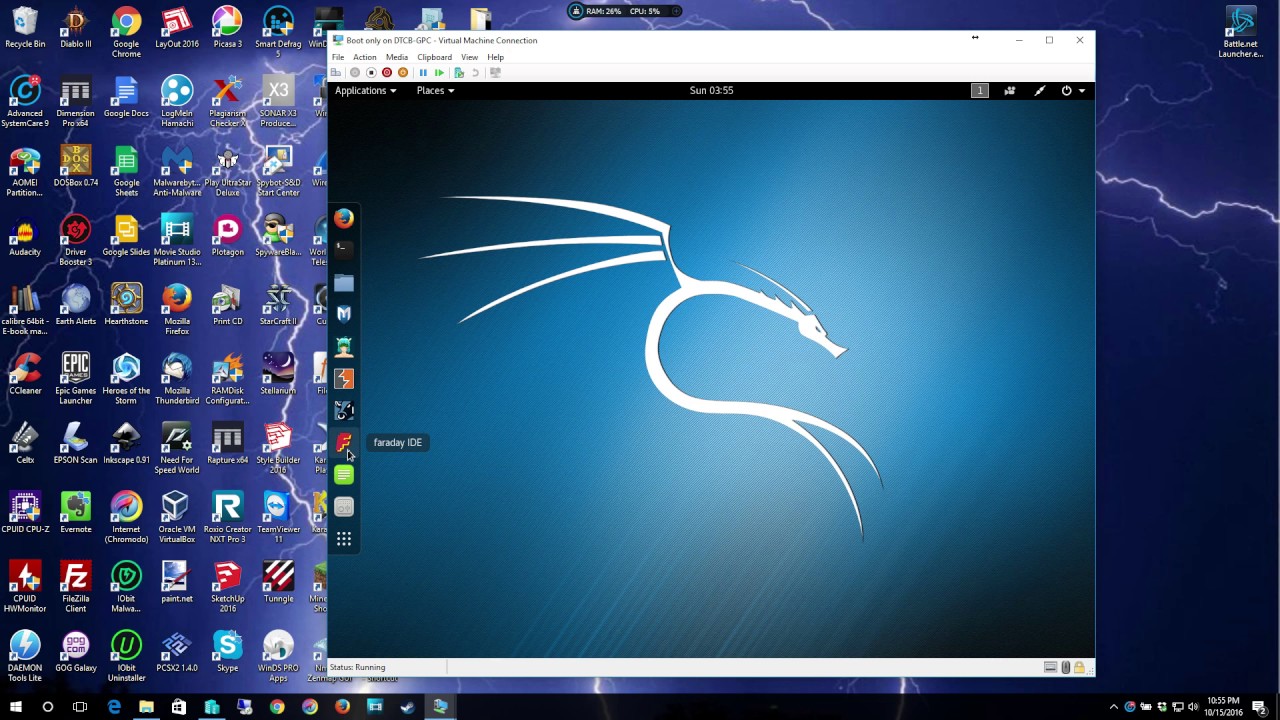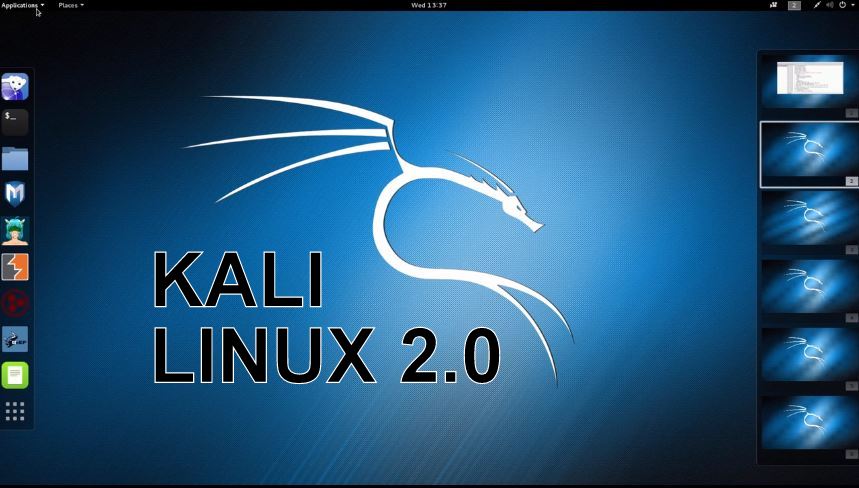

Installing rEFIndīelow are the instructions for installing rEFInd version 0.13.2 to the external drive where Kali resides.ĭownload refind-bin-0.13.2.zip from SourceForge. The rEFInd Boot Manager is a popular choice. However, you will need to use a different startup manager. The boot loader in the Mac firmware can do Grubless boots, if instructed to do so. You stated in your question that Grub (Grand Unified Boot Loader) was not installed and the Kali installer suggested to boot manually with the /vmlinuz kernel. USB stick containing Kali Linux (I used balenaEtcher for preparation) in /dev/disk3 The installation then finishes and boots to Mac OS.ĭoes anyone have a clue what this actually means and what can I do to make it work? You will need to boot manually with the /vmlinuz kernel on partition /dev/sdd3 and root=/dev/sdd3 quiet passed as a kernel argument." “No boot loader has been installed, either because you chose not to or because your specific architecture doesn’t support a boot loader yet. I received the following errors during the installation: Everything works smoothly during the installation process until I get to the Grub Boot loader Installation part. I am using a 13" 2019 MacBook Pro running on Catalina.


I downloaded the file and checked with shasum -a 256. I am trying to install Kali Linux on an external hard drive.


 0 kommentar(er)
0 kommentar(er)
